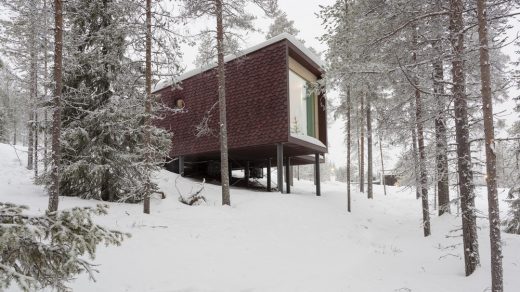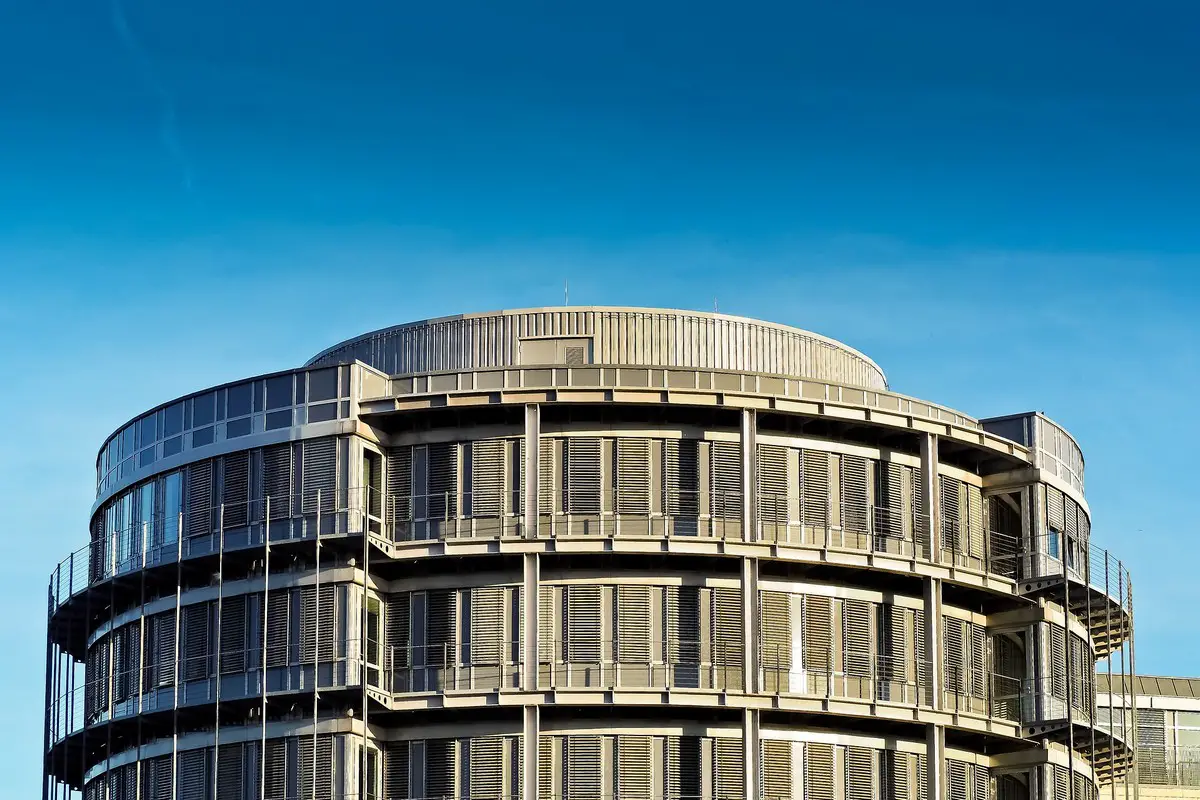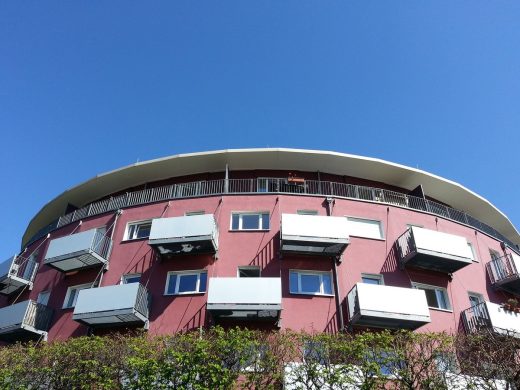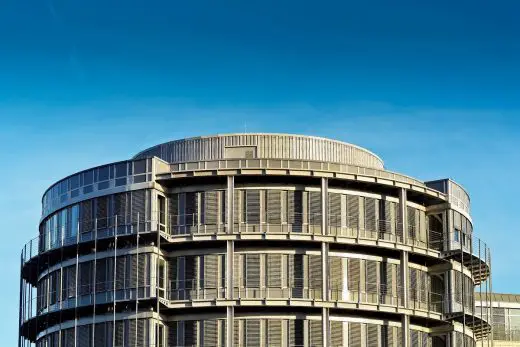Round buildings, Circular architecture, Spherical-shaped architectural design, Logo style
Round Buildings – Circular Property
post updated 12 February 2024
The idea of building a round house has a growing number of supporters around the world. Spherical-shaped buildings are a kind of return to nature. Having such an extravagant object is undoubtedly much more economical than traditional rectangular buildings covered with a traditional roof.
19 December 2022
Round Buildings – Circular architectural design
Proponents of the so-called “Circle City” emphasize that in the past people sat in a circle around a fire, forming larger communities where they communicated with each other. Circle cities must also follow the original principle of the so-called common good. Since time immemorial, man has built houses in the form of a sphere. Circle buildings are based on the idea of returning to intimacy, of building positive relationships in soothing, healing, and adding energy. The circle is a divine symbol, a perfect shape.
There is a reason many companies use circle logos, the Circle is wholeness, primal perfection. The circle or circularity is considered the most natural, sacred state, filled with selfhood, eternity, and infinite wisdom.
The circle is the most ancient mystical symbol denoting the sky, eternity, and the universe. Other simple shapes – a square, a cross, an equilateral triangle, and a pentagram – are often inscribed inside the circle. In this case, the inscribed symbol tells its meaning, while the circle denotes eternity. Look, for example, at the logo of the famous sportswear brand Lululemon.
Ancient Circular Building Design
But let’s get back to architecture. Archaeologists, as a result of excavations, have received confirmation that in different centuries, architects in distant corners of the world used round houses in construction. The decision is justified in terms of structural strength. Such buildings provide a high level of thermal and noise insulation. Projects of buildings with a round base began to be built more often. After all, it gives room to create interesting design projects.
It is no accident that many nomadic peoples or those who live in harsh climates, have a tradition to build a round house, even if collapsible and moved in the process of seasonal migration. The considerations in choosing such a form were not creativity and the desire to stand out, but practicality, expediency, and reliability.
Many types of nomadic dwellings lacked a roof and ended in a pointed peak, but modern construction has somewhat departed from this rule. There are building materials and technology at the disposal of man, allowing professionals without much effort to build a round house with a roof, completing and emphasizing its beautiful perfect shape.
The use of round house projects is not only the result of the desire of the future homeowner to become the owner of a structure of unusual shape. Often this decision is dictated by the desire to get together with a harmonious, expedient building, corresponding at the same time to actual trends in construction and historical traditions, beautiful and comfortable.
The originality of appearance reduced the need for repair, and the possibility of building on lightweight foundations – all this is only part of the advantages obtained by choosing one of the projects, where the result of the efforts takes a harmonious form.
For the first time, roundhouses in the world were seriously talked about thanks to the engineer-inventor and architect Richard Buckminster Fuller. It was he who first developed and patented the design of the geodesic dome (construction of triangles). However, his ideas look too futuristic even for our time. The fact is that he wanted to build lightweight residential spheres, which would float in the air due to the heated air inside the house.
Dome House Construction Technology
The technology for the construction of dome houses was developed in the U.S. more than half a century ago and was designed to ensure the rapid construction of reliable and relatively inexpensive private housing. Indeed, half-sphere houses are highly stable, less material-intensive than traditional constructions, and assembled in a short time from a ready-made set of parts.
The structure is based on a spatial frame in the form of a geodesic or strategic dome. Compared to traditional houses, “domes” are more economical in terms of the consumption of the building, finishing, and insulating materials. This is because they have 20-35% less building envelope area if the building footprint is the same. For the same reason, they are more effective in terms of heat conservation. The fewer planes that contact the external environment, the less heat loss, as well as surface heating in summer, which means that it will be cheaper to heat and air condition.
Architecture in the 21st century knows no boundaries. You can build houses out of straw and clay, ice, and iron. More and more complex designs are being created. Modern dome houses are built from a variety of materials. Some are more environmentally friendly, while others are made up of innovative prefabricated elements.
In fact, from jacuzzi tubs to swimming pools to steam rooms equipped with the best steam shower kit, 21st century homes can have all the luxury you can ask for.
But there is one feature that is common to all – they have a dome that dominates the body of the building. Round houses look quite strange but interesting and attractive. And another important point is that round houses give incredible scope for self-realization in interior design – here you can implement the most unconventional and daring ideas.
Comments on this guide to round buildings, Circular architecture article are welcome.
Architecture
Hotel Architectural Designs
Design: Studio Puisto Architects

photograph : Marc Goodwin (Archmospheres)
Arctic TreeHouse Hotel in Rovaniemi
Interior Design: Rafael de La-Hoz Arquitectos
NHOW Hotel in Frankfurt
Design: b210 architects
Maidla Nature Villa
Property Design
Contemporary Property Articles – architectural selection below:
Comments / photos for the Round buildings page welcome







